Faculty and Staff Directory
Tenure-Track Faculty
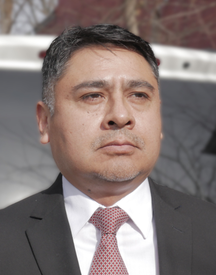
Noe T Alvarez
Assoc Professor, Chemistry
418T Rieveschl Hall
Noe Alvarez is an Associate Professor in the Department of Chemistry. He received his Ph. D. in Chemistry from Rice University (2010), where he worked at the Richard Smalley Institute for Nanoscale Science and Technology under supervision of James M. Tour and Robert H. Hauge on multiple aspects of single-walled CNTs. He earned M.Sc. from McNeese State University (2004), and B.Sc. in Industrial Engineering at the Universidad Mayor de San Simon (Bolivia). After graduating from Rice he spent 6 months working on nanotube synthesis at the National Institute of Advanced Industrial Science and Technology (AIST – Japan). He has received a NASA tech award (2011) for his contribution to the development of scientific and technical innovation.
More details about his research at UC can be found at: http://www.alvarezlab.com
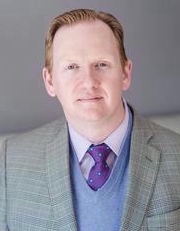
Neil Ayres
Associate Professor, Chemistry
704C Rieveschl Hall
Neil Ayres received his Ph. D. in chemistry from The University of Warwick in 2003 where he worked with Prof. David Haddleton. After a post-doc with Charles McCormick at The University of Southern Mississippi he worked with William Brittain at The University of Akron studying stimuli-responsive polymer brushes. From there he spent two years as a post-doc at The University of Utah with Prof. David Grainger before becoming an assistant professor at The University of Cincinnati in 2008.
His current research interests include preparing stimulit responsive hydrogels and synthesizing porous polymers.
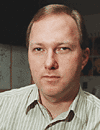
Michael J. Baldwin
Associate Professor, Interim Department Head, Chemistry
302 Crosley Tower
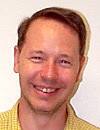
Jonathan M. Breiner
Associate Professor, Chemistry
600D Teachers College
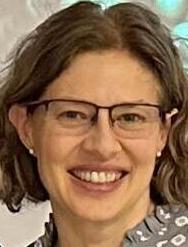
Ruxandra I Dima
Professor, Chemistry
304 Crosley Tower
The main areas of research in the Dima group are:
1) multiscale modeling of filamentous biomolecules
2) computational studies of the action of motors involved in cytoskeleton depolymerization
3) design and modeling of bio-inspired materials
4) development of machine learning methods for bio-design
5) GPU-based computing
We use a combination of molecular simulations, bioinformatics, data science, and theoretical modeling to address the various research problems.
More details are available on the group's webpage at https://sites.google.com/view/ruxandra-dima-lab/home
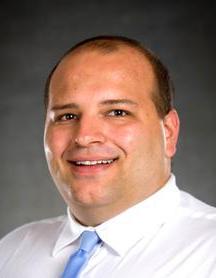
Anthony Steven Grillo
Assistant Professor, Chemistry, Chemistry
902 Crosley Tower
www.GrilloLabUC.com
Anthony Grillo joined the University of Cincinnati in the Department of Chemistry as an Assistant Professor in 2022 with research interests in understanding the molecular underpinnings of the role of mitochondrial dysfunction in disease with an emphasis on micronutrient (e.g. metals, oxygen, vitamins, etc.) metabolism.
Dr. Grillo obtained a B.S. in Biochemistry and B.S. in Chemistry from the University of Michigan in 2011. He obtained his Ph.D. in Chemistry (Organic Chemistry focus) in 2017 at the University of Illinois at Urbana-Champaign under the mentorship of Martin Burke as an NSF predoctoral fellow (NSF GRFP). His thesis centered on the discovery, development, and mechanistic understanding of small molecules that mimic protein function to restore physiology to organisms missing iron transport proteins, thereby acting as prostheses on the molecular scale. As an NRSA postdoctoral fellow and Alzheimer's Disease Research Center Trainee in Matt Kaeberlein's Lab at the University of Washington, Dr. Grillo elucidated the mechanistic role of protein kinace C in promoting neuroinflammation in mitochondrial disease mice and the influence of iron status on disease progression.
Dr. Grillo's background in biochemistry, chemical biology, and metabolic physiology make him excited to perform interdisciplinary research centered on revealing how mitochondrial dysfunction alters micronutrient metabolism (e.g. metals, oxygen, vitamins, etc.) to elicit neurodegeneration in age-related, genetic, or environmental-induced disease in multiple in vitro and in vivo models.
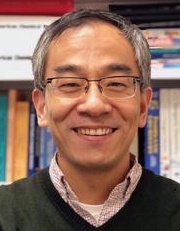
Hairong Guan
Professor, Chemistry
822 Rieveschl Hall
For more details, please visit the Guan Research Group webpage: http://www.guanresearchgroup.com
Currently, a postdoc position is available in this lab. For any inquiry, please contact Professor Hairong Guan directly.
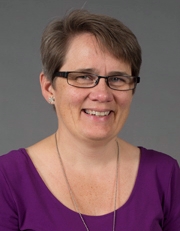
Anna D. Gudmundsdottir
Professor , Chemistry
821 Rieveschl Hall
More details on her research program can be found at
https://www.anna-research.com/
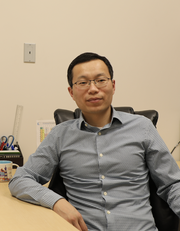
Jianbing Jiang
Assoc Professor, Chemistry
717 Rieveschl Hall
Jianbing “Jimmy” Jiang is an Assistant Professor in the Department of Chemistry at the University of Cincinnati since August 2018. He earned his Bachelor’s degree from Jiangnan University, China in 2007. He attained his Master’s degree from East China University of Science and Technology in 2010, where he worked with Prof. He Tian on the design and synthesis of a series of polymeric chemosensors for the detection of environmentally hazardous ions (e.g. Hg2+). Then he moved to the US in 2010 to peruse his Ph.D. degree at North Carolina State University (Ph.D. advisor: Jonathan S. Lindsey), and his research was concentrated on the development of synthetic methodologies for the preparation of various property-tunable photosensitizers and incorporation of these chromophores into self-assembled materials for light-harvesting and energy-transfer studies. In 2015, he joined Yale University as a Postdoctoral Associate in the Department of Chemistry and Yale Energy Sciences Institute, working with Professors Gary W. Brudvig and Robert H. Crabtree, where he designed, synthesized and characterized novel inorganic catalysts and organometallic materials for small molecule activation, specifically for water oxidation and proton reduction to value-added products. He was promoted to an Associate Research Scientist in 2017.
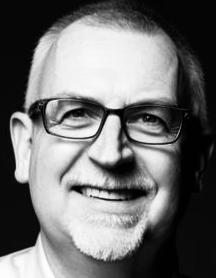
Patrick A Limbach
Professor and Ohio Eminent Scholar, Chemistry
540 University Hall
You can learn more about Dr. Limbach's research program at his group's website - http://bearcatms.uc.edu
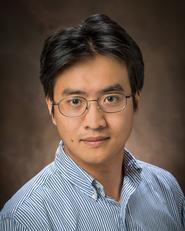
Wei Liu
Assoc Professor, Chemistry
431 Rieveschl Hall
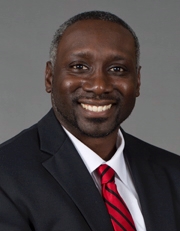
James Mack
Professor of Chemistry and Dean, College of Arts and Sciences, Chemistry
155B ARTSCI
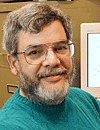
Allan R. Pinhas
Professor, Chemistry
602 Crosley Tower
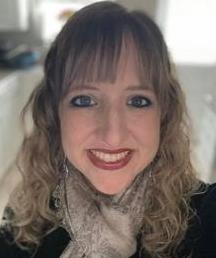
Ashley Elizabeth Ross
Assoc Professor, Chemistry
418A Rieveschl Hall
Please visit www.rosslabuc.com for more information
Twitter Handle: @RossLabUC
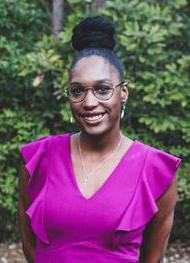
Briana Simms
Asst Professor, Chemistry
Crosley Tower
She is an alumna of Xavier University of Louisiana (c'o 2012-- B.S. Biochemistry) and the University of Mississippi (c'o 2016-- Ph.D. in Chemistry). She conducted her post-doctoral training/fellowship at Duke University (2021-2023). She joined the UC community as tenure-track faculty in the Department of Chemistry in the Summer of 2023. She holds a secondary appointment in the Department of Materials Science and Engineering.
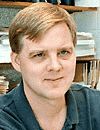
David B. Smithrud
Associate Professor, Chemistry
603 Crosley Tower

George Stan
Professor, Chemistry
1501B Crosley Tower
George Stan is a physical chemist with research interests in computational biophysical chemistry. He received his undergraduate degree in 1994 at the University of Bucharest, Romania. He obtained his PhD in 1999 at the Pennsylvania State University for work on absorption of gases in carbon nanotubes and wetting of alkali surfaces.
His postdoctoral work in the Institute for Physical Science and Technology at the University of Maryland (2000-2001) and the National Institutes of Health (2002-2006) focused on chaperonin mediated protein folding. His research involves application and development of computational methods within the CHARMM molecular modeling program, as well as bioinformatics methods.
In 2005 he was awarded the Lenfant Biomedical Fellowship at the National Heart, Lung, and Blood Institute.
He joined the faculty at the University of Cincinnati in 2006.
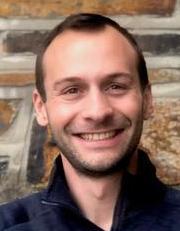
Pietro Strobbia
Asst Professor, Chemistry
201 Crosley Tower
Please visit our website for more information.
Pietro Strobbia is an Assistant Professor in the Department of Chemistry since August 2020. Pietro received his bachelor’s degree in chemistry from the Sapienza University of Rome (2011) and earned a Ph.D. in chemistry from the University of Maryland Baltimore County (2016). Prior to his appointmet at UC, Pietro was a postdoctoral associate in the Department of Biomedical Engineering at Duke University.
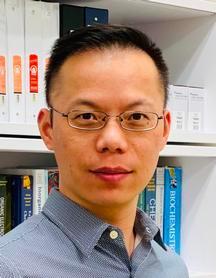
Yujie Sun
Professor, Chemistry
722 Rieveschl Hall
Yujie Sun (孙宇杰) received a B.S. degree in Chemistry from Fudan University in 2005. He then pursued graduate studies in inorganic photochemistry with Prof. Claudia Turro at The Ohio State University and obtained his Ph.D. degree in 2010. Subsequently, he joined the group of Prof. Christopher J. Chang at the University of California, Berkeley and Lawrence Berkeley National Laboratory as a postdoctoral scholar, working on renewable energy catalysis. Yujie started his independent career as an Assistant Professor at Utah State University in 2013, moved to the University of Cincinnati as an Associate Professor in 2018, and was promoted to Professor in 2023. His group is interested in developing and understanding inexpensive materials and complexes for energy catalysis and biomedical applications.
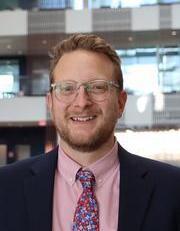
Ryan J White
Professor and Ohio Eminent Scholar, Unit Head - Chemistry, Chemistry
ARTSCI
Ryan J. White is Professor and Ohio Eminent Scholar in the Department of Chemistry with a complimenrary joint appointment in the Department of Electrical and Computer Engineering. He has served as Head of Chemistry since Fall 2022. Ryan received his bachelor’s degree in chemistry from the University of North Carolina (2003) and earned a Ph.D. in chemistry from the University of Utah (2007). He was an NIH NRSA Postdoctoral Fellow at the University of California Santa Barbara. Ryan started his academic career as an assistant professor in Chemistry and Biochemistry at UMBC in 2011, and was promoted to associate professor with tenure in 2016. Ryan joined UC in the fall of 2017. Ryan is also the recipient of the Royce W. Murray Young Investigator Award from the Society for Electroanalytical Chemistry.
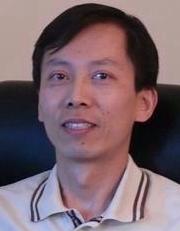
Peng Zhang
Professor of Chemistry & Materials Science, Chemistry
702 Crosley Tower
Research interests: Photodynamic therapy against bacteria and cancers; plasmonics; sensing; nanomaterials
http://homepages.uc.edu/~zhangph
Educator Faculty
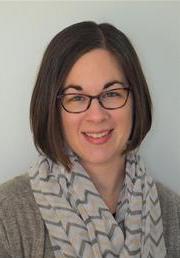
Megan Elizabeth Bucks
Asst Professor - Educator, Chemistry
529A Rieveschl Hall
Courses taught:
Spring 2024: CHEM 1041 General Chemistry II
Fall 2023: CHEM 1040 General Chemistry I
Fall 2022: CHEM 1040 General Chemistry I
Spring 2022: CHEM 1040 General Chemistry I
Fall 2021: CHEM 1040 General Chemistry I
Spring 2021: CHEM 1040 General Chemistry I
Fall 2020: CHEM 1040 General Chemistry I
Spring 2020: CHEM 1040 General Chemistry I
Fall 2019: CHEM 1040 General Chemistry I
Spring 2019: CHEM 1040 General Chemistry I
Fall 2018: CHEM 1040 General Chemistry I
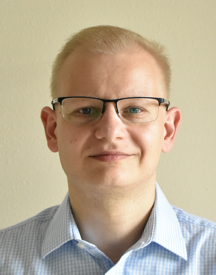
Lukasz Szatkowski
Asst Professor - Educator, Chemistry
404D Rieveschl Hall
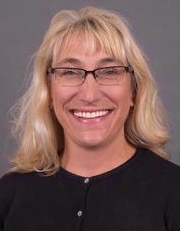
Anne Marie Vonderheide
Professor - Educator and Director of Undergraduate Studies, Chemistry
508 Rieveschl Hall
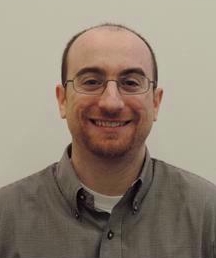
Daniel Waddell
Associate Professor Educator, Chemistry
509 Rieveschl Hall
Courses taught
Fall 2014: CHEM 2041, CHEM 1041
Spring 2015: CHEM 2041, CHEM 1040, CHEM 2031L
Summer 2015: CHEM 1041
Fall 2015: CHEM 1040, CHEM 2041
Spring 2016: CHEM 1041
Fall 2016: CHEM 1040
Spring 2017: CHEM 1041
Fall 2017: CHEM 1040
Spring 2018: CHEM 1041
Visiting Faculty
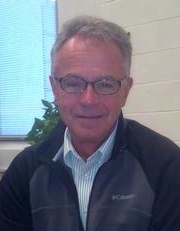
Roger William Kugel
Dr., Chemistry
Crosley Tower
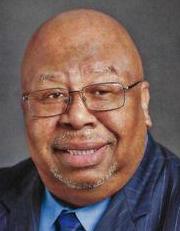
Adjunct Faculty
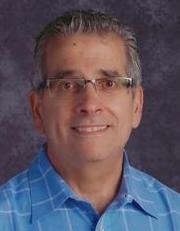
Richard Duffy Farris
Instructor - Adj, Chemistry
404C Rieveschl Hall
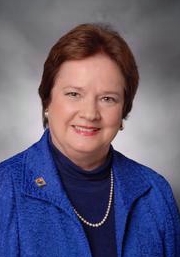
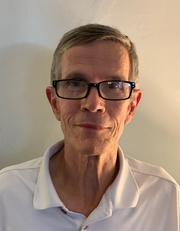
Kenneth Robert Wehmeyer
Visiting Scholar, Chemistry
Crosley Tower
Emeriti Faculty
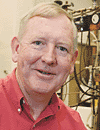
Bruce S. Ault
Distinguished Teaching Professor, Chemistry
401 Crosley Tower

Albert M Bobst
Professor, Chemistry
His research interest is focused on the application of electron spin resonance (ESR) to: 1) Study the dynamics of nucleic acids and nucleic acid – protein complexes, and 2) Detect genes by PCR/ESR. In 2006 he was awarded US Patent 7,126,665 for “Detection of Nucleic Acid Target Sequences by ESR.” Presently, he has ongoing collaborations to design Micro – ESR sensors for magnetic resonance – based gene detection in personalized medicine.
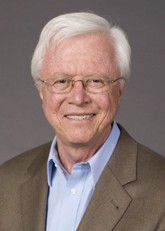
William R Heineman
Distinguished Research Professor, Chemistry
120 Crosley Tower
William R. Heineman received a BS in Chemistry from Texas Tech University in 1964 and a PhD in Chemistry in 1968 from the University of North Carolina at Chapel Hill under the direction of Professor Royce Murray. He was a Research Chemist at Hercules Research Center for two years before becoming a Postdoctoral Research Associate with Professor Ted Kuwana in 1970 at Case Western Reserve University and then at The Ohio State University. He joined the faculty at the University of Cincinnati in 1972 where he is now Distinguished Research Professor and Head of the Department of Chemistry.
Professor Heineman’s research interests include spectroelectrochemistry, chemical sensors, analytical chemistry of radiopharmaceuticals, polymer modified electrodes, electrochemical immunoassay, and microfluidic systems for chemical analysis. He has published over 400 research papers and patents and has presented over 500 lectures at conferences, universities, and government/industrial laboratories. He is coauthor of the laboratory manual Chemical Experiments for Instrumental Methods, the instrumental analysis textbook Chemical Instrumentation: A Systematic Approach; and coeditor of the textbook Laboratory Techniques in Electroanalytical Chemistry.
Professor Heineman has received numerous awards including Sigma Xi Research Recognition Award, Cincinnati Chemist of the Year,Japanese Government Research Award for Foreign Scientists, George Rieveschl, Jr. Award for Distinguished Scientific Research, Humboldt Prize from Germany, Charles N. Reilley Award in Electroanalytical Chemistry from the Society for Electroanalytical Chemistry, Chemical Sensors Award from the International Meeting on Chemical Sensors, Award for Excellence in Teaching from the Division of Analytical Chemistry of the American Chemical Society, Torbern Bergman Medal 1999 from the Analytical Section of the Swedish Chemical Society, Fields of Analytical Chemistry award by the Eastern Analytical Association, and the Outstanding Achievement in Sensors Award from the Electrochemical Society . nd He was elected a Fellow of the American Association for the Advancement of Science in 2001 and chosen for the inaugural class of Fellows of the American Chemical Society in 2009.
Heineman has served on numerous advisory boards for journals including Analytical Chemistry, Biosensors and Bioelectronics, Analytica Chimica Acta, and Electroanalysis. He was a co-founder and the first President of the Society for Electroanalytical Chemistry and was a member of the Board of Directors. Heineman has been active in the American Chemical Society. In the Cincinnati Section he served as Cintacs Editor, Secretary, Chair, Trustee, and Councilor. In the Division of Analytical Chemistry he served as Treasurer, Councilor, and Chair.
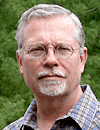
Carl J Seliskar
Emeritus Faculty, Chemistry
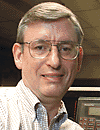
Estel D Sprague
Professor, Chemistry
Staff
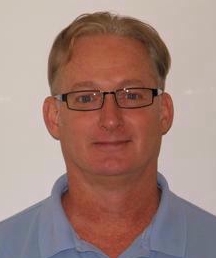
John T. Baker
Technical Assistant, Management Professional II, Chemistry
410 Crosley Tower
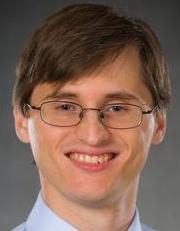
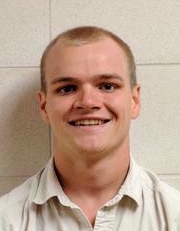
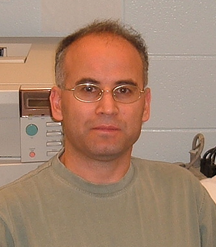
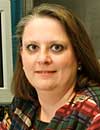
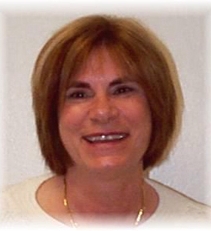
Deborah Lieberman
Academic Director, Associate Professor-Adjunct, Chemistry
511 Rieveschl Hall
• Run Organic portion of the UC MCAT Review
• Member of the Connections and Cincinnatus selection committees AND give my best effort at getting students through organic chemistry
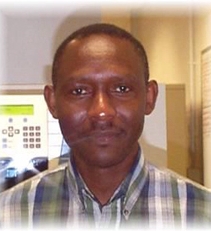
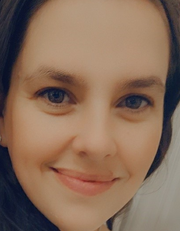
Amanda N Newton
Financial Administrator 1, Chemistry
404B Crosley Tower
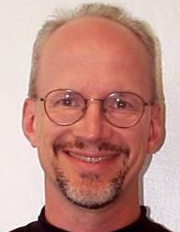
Peter A Padolik
Research Professional, Chemistry
510 Rieveschl Hall
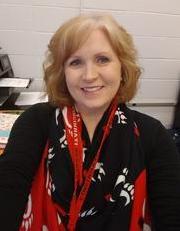
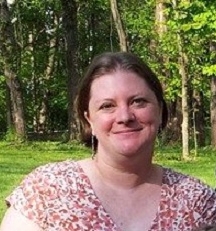
Ellen Marie Tabeling
Principal Research Asst, Chemistry
429F Rieveschl Hall
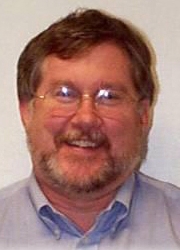
Robert T Voorhees
Research Professional, Chemistry
410 Crosley Tower